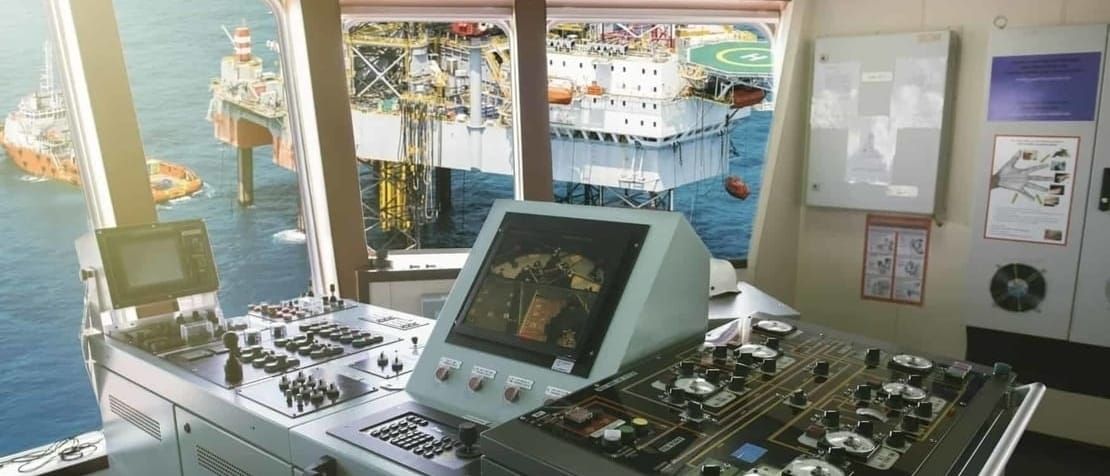
How wireless communications keep ships and people safe at sea
The Radiocommunication Sector (ITU-R) of the International Telecommunication Union (ITU) manages the needs of the radio frequency spectrum for all radiocommunications systems worldwide, including those used for maritime radiocommunication and radionavigation.
The maritime frequencies are protected by a set of rules and procedures. These are the ITU Radio Regulations (RR), which are, in turn, based on the compatibility studies between maritime and other radiocommunication systems. The worldwide usage of maritime equipment and its global interoperability are supported by ITU recommendations, serving as technical standards, and reports.
Protection of maritime frequencies
The protection of maritime radiocommunication and navigation frequencies used to support shipping is ensured through special provisions in the Radio Regulations (RR).
A particular example of the importance of this function is the absolute protection of Cospas-Sarsat distress transmissions on 406 MHz, from any interference. In addition, ITU’s special radiomonitoring program of this band is aimed at protecting this important frequency used by emergency position indicating radio beacons (EPIRB) to transmit distress alerts.
The next update to the Radio Regulations will take place at the World Radiocommunication Conference (WRC-19) in Sharm el-Sheikh, Egypt, 28 October to 22 November 2019. For more information, visit the WRC-19 website.
Radionavigation
It is important for mariners to accurately determine the position of their vessel and other nearby vessels to maintain the safety of navigation of ships. In the field of radionavigation, ITU has contributed to notable developments in the area of terrestrial radio navigation systems, such as maritime radio beacons, hyperbolic terrestrial positioning systems in the Medium Frequency (MF) bands, RACON’s (radar beacons) and satellite positioning systems.
More recently, ITU and the International Maritime Organization (IMO) have cooperated on the introduction of the global automatic identification system (AIS), which improves the safety of navigation and monitoring of shipping. ITU-R developed a recommendation, which is the basic technical document for the AIS system worldwide. AIS radio equipment is mandatory onboard all commercial ships on international voyages and contributes on a daily basis to the safety and monitoring of ships worldwide.
World Radiocommunication Conference 2019 (WRC-19)
WRC-19 agenda contains several items relating to maritime activities:
- Under Agenda Item 1.9.1, the designation and identification of autonomous maritime radio devices.
- Under Agenda item 1.9.2, the provision of an additional satellite component for a new communication system, the VHF data exchange system (VDES), which may support a future e-navigation system for shipping.
- Under Agenda item 1.8, the modernization of the Global Maritime Distress and Safety System (GMDSS), with the introduction of a new digital high speed Navigational Data (NAVDAT) system and a new satellite GMDSS provider. Protection of satellite and terrestrial GMDSS frequencies is essential and has to take into account the growth of applications in adjacent frequency bands.
Global Maritime Distress and Safety System (GMDSS)
The GMDSS uses terrestrial and satellite radio technologies on board ships and on shore, making it easier to rescue distressed persons, ships, boats and aircraft. GMDSS is an internationally agreed-upon set of safety procedures, frequencies, types of equipment, and communication protocols, developed through co-operation between the IMO and the ITU since the mid-1970’s. The Regulatory texts supporting the GMDSS are part of the ITU Radio Regulations.
ITU’s Maritime Service Publications and the MARS database
The ITU provides a number of maritime databases and publications to support the maritime radiocommunications elements of the GMDSS. ITU helps to improve operational safety through a number of key publications and the Maritime mobile Access and Retrieval System (MARS) database. These publications and the online database provide valuable search and rescue (SAR) and operational information to shipping and shore authorities worldwide.

The MARS database lists registered ship, coast and other stations, such as Search and Rescue (SAR) Aircraft or AIS Aid to Navigation (AtoN). This information is provided directly from the administrations responsible for the ships and stations and is regularly updated. The ITU also publishes a Manual for Use by the Maritime Mobile and Maritime Mobile-Satellite Services, which contains guidance on maritime radio operations and GMDSS.
ITU’s long history of safety at sea
The development of global maritime radiocommunications and radionavigation has been an area of work for the ITU-R Sector and the Radiocommunications Bureau (BR) for more than 110 years.
Invented in 1896, wireless telegraphy, as the first type of radiocommunication, was brought into use over a very short period, firstly for maritime safety. Soon a need for the regulation of wireless communications arose. As example, in 1902 Prince Henry of Prussia, while crossing the ocean, wished to send a greeting to the United States president. However, the coastal radio station, which belonged to an Italian company, did not wish to cooperate with the ship station of a German competitor and refused to transmit the message. Further to this and to a number of other, more significant negative events, the first conference on wireless telegraphy was organized in Berlin in 1906. It produced the International Radiotelegraph Convention – the original Radio Regulations.
During 112 years the Radio Regulations have been constantly updated to follow, anticipate and accommodate rapid technological changes. About 25% of the articles in the Radio Regulations govern the use of maritime radio, greatly contributing to safety at sea.
